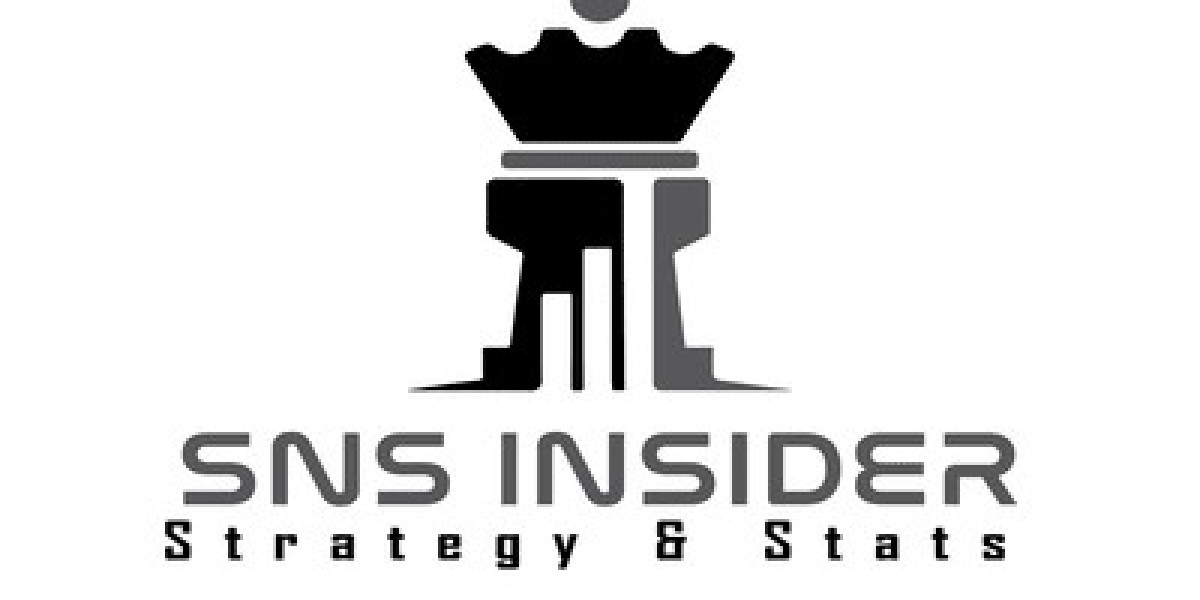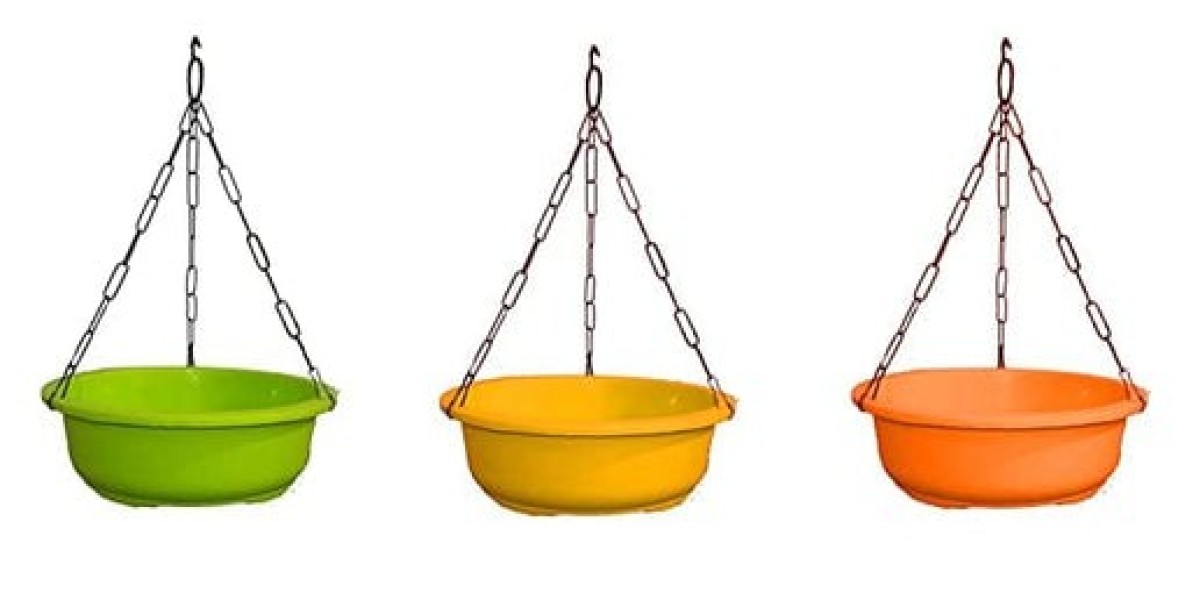Leasing is a vital component of the modern economy, enabling businesses and individuals to access assets without the significant upfront costs associated with purchasing them outright. Understanding the different types of leasing can help you make informed decisions, whether you're a business owner looking to acquire equipment or an individual seeking a new car. This article explores the various types of leasing, their benefits, and considerations to keep in mind.
What is Leasing?
Leasing is a contractual agreement where one party, the lessee, pays for the use of an asset owned by another party, the lessor, over a specified period. This arrangement allows the lessee to utilize the asset without the responsibilities of ownership, such as maintenance and depreciation.
Types of Leasing
Leasing can be broadly categorized into several types, each tailored to meet different needs and circumstances.
1. Operating Lease
An operating lease is a short-term lease agreement that allows the lessee to use an asset without transferring ownership. Typically, these leases have a duration shorter than the asset's useful life. This type of lease is popular for equipment that may become obsolete quickly, such as technology or office equipment.
Benefits:
- Lower monthly payments compared to ownership.
- No responsibility for maintenance and repairs.
- Flexibility to upgrade to newer models as they become available.
2. Financial Lease
A financial lease, also known as a capital lease, is a long-term arrangement that resembles a loan. In this type of lease, the lessee is responsible for the asset's maintenance and insurance. At the end of the lease term, the lessee often has the option to purchase the asset for a nominal fee.
Benefits:
- Suitable for long-term use of an asset.
- Potential tax benefits as lease payments may be deductible.
- Provides the option to own the asset at the end of the lease term.
3. Sale and Leaseback
In a sale and leaseback agreement, a company sells an asset it owns and simultaneously leases it back from the buyer. This strategy provides immediate cash flow while allowing the seller to continue using the asset.
Benefits:
- Immediate liquidity for the seller.
- The company retains the use of the asset while improving its cash position.
- Potential tax advantages depending on the structure of the lease.
4. Leveraged Lease
A leveraged lease involves three parties: the lessor, the lessee, and a lender. The lessor typically finances a significant portion of the asset through a loan, allowing the lessee to use the asset while making lease payments. This type of leasing is often used for large equipment or commercial real estate.
Benefits:
- Enables lessees to access expensive assets without full upfront capital.
- The structure can provide tax benefits to both the lessor and the lessee.
5. Cross-Border Lease
Cross-border leases involve parties from different countries and are often utilized for high-value assets like aircraft or shipping vessels. These leases can take advantage of differing tax regimes and financial regulations.
Benefits:
- Can offer substantial tax savings and favorable financing terms.
- Facilitates international business operations.
Factors to Consider When Choosing a Lease Type
When deciding on a leasing option, consider the following factors:
- Duration: How long will you need the asset? Short-term needs might be better served by an operating lease, while long-term requirements may warrant a financial lease.
- Maintenance Responsibilities: Understand who will be responsible for maintenance and repairs during the lease term.
- Tax Implications: Consult with a financial advisor to determine the tax benefits of each leasing option.
- Asset Depreciation: Consider how quickly the asset may lose value, which may influence your choice between operating and financial leases.
Conclusion
Leasing offers a range of options tailored to various needs, whether for personal use or business operations. By understanding the different types of leasing—operating, financial, sale and leaseback, leveraged, and cross-border—you can make informed decisions that align with your financial goals. Evaluate your needs carefully, consult with professionals if necessary, and choose the leasing option that best suits your situation. With the right lease, you can enjoy the benefits of using valuable assets without the burdens of ownership.



